As if answering Apple's major iPhone event on Tuesday, Chinese mobile giant Xiaomi held its own product launch event the following day.
And while the various smartphone offerings from the tech giant were impressive, it's the smartglasses product that the company revealed that raised the most eyebrows in the augmented reality space.
• Don't Miss: How to Get a Pair of Snap's New Spectacles AR Smartglasses
The device is called Xiaomi Smart Glasses, and they look like a normal pair of thick-framed glasses. For the fashion nerds, the design is reminiscent of the Cazal luxury glasses made famous by many rappers in the genre's earlier days.
But that old school look is actually experiencing a resurgence, along with all things '80s, so the style is actually right in line with current fashion.
On a technical level, the Xiaomi Smart Glasses use optical waveguide technology, using a 0.13-inch MicroLED display that provides 2D graphics overlaid upon your view on the right lens. Based on the concept demo video, the smartglasses would offer everything from mobile map directions, phone and text notifications, and even real-time translations.
For comparison, the other style-focused, mainstream consumer-oriented product in this category would be North's Focals (which was acquired by Google in 2020).
The smartglasses use the Android operating system, run on a quad-core ARM processor, weigh just 51 grams, have built-in microphones and speakers, and comes with a 5-megapixel camera that can be triggered with just a simple tap on the frame's arm.
The bad news is that, despite revealing a number of technical details on the product's official website, Xiaomi hasn't announced a release date for the device. Because Xiaomi isn't offering more detail, it's difficult to know if this is a real prototype awaiting release or just an elaborate concept.
Nevertheless, if it does turn out to be a real product, normally, a release date for Xiaomi products wouldn't have mattered to most US consumers anyway, but all that changed earlier this year.
The US government removed the long-running ban on Xiaomi devices in the US in May, so now the way is clear for Xiaomi to not only compete with US smartphone makers, but also challenge the emerging class of smartglasses coming from the likes of Facebook, Snap, and Amazon.
Cover image via Xiaomi









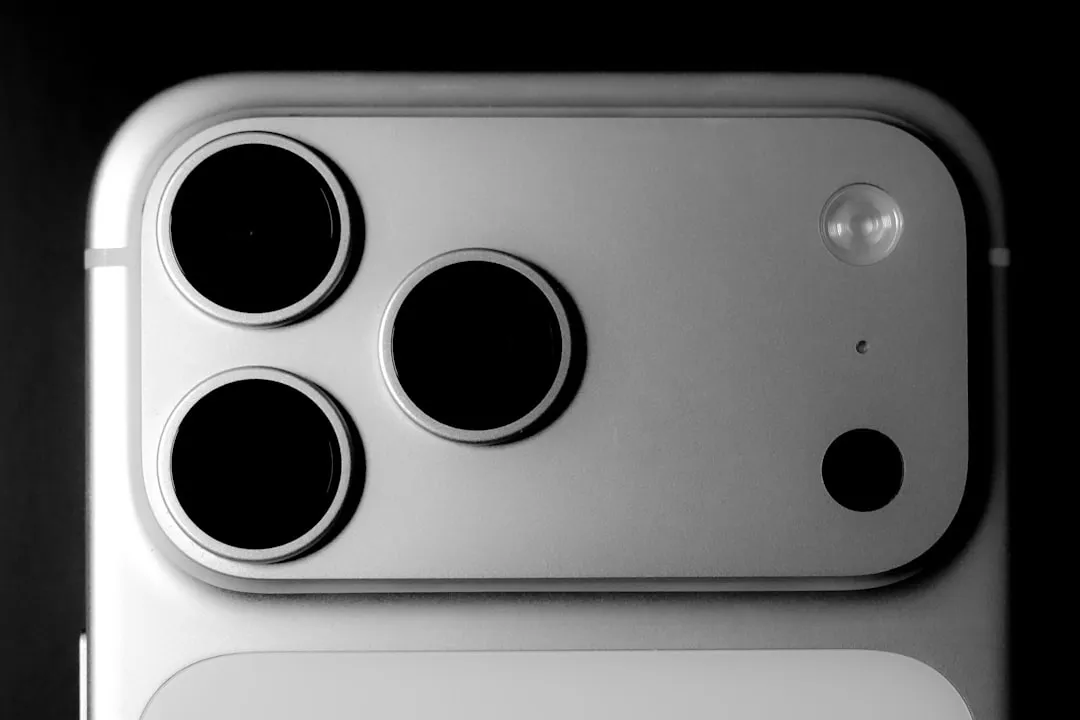









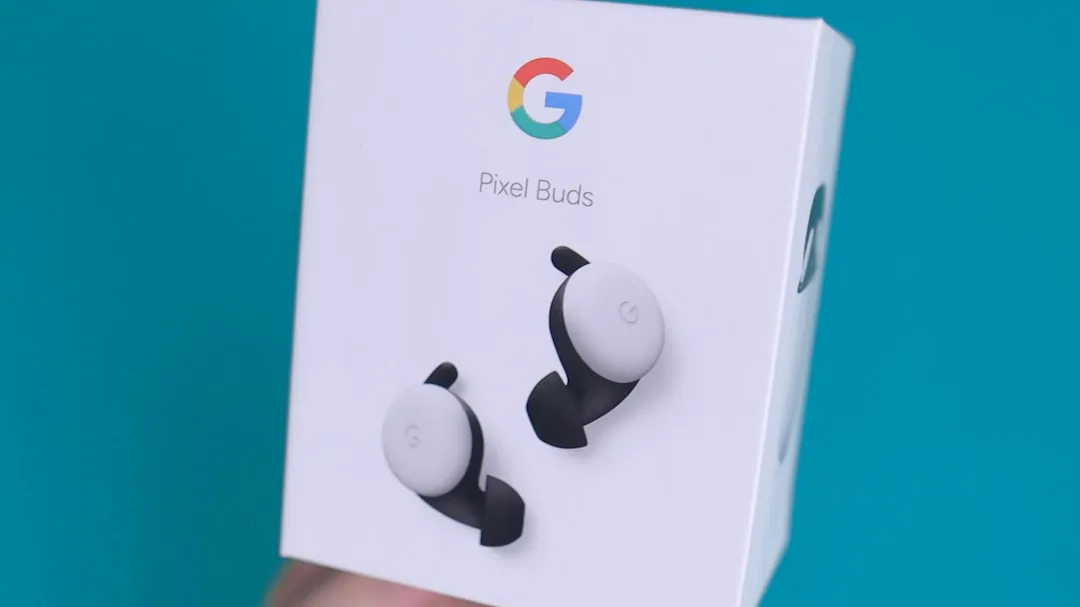

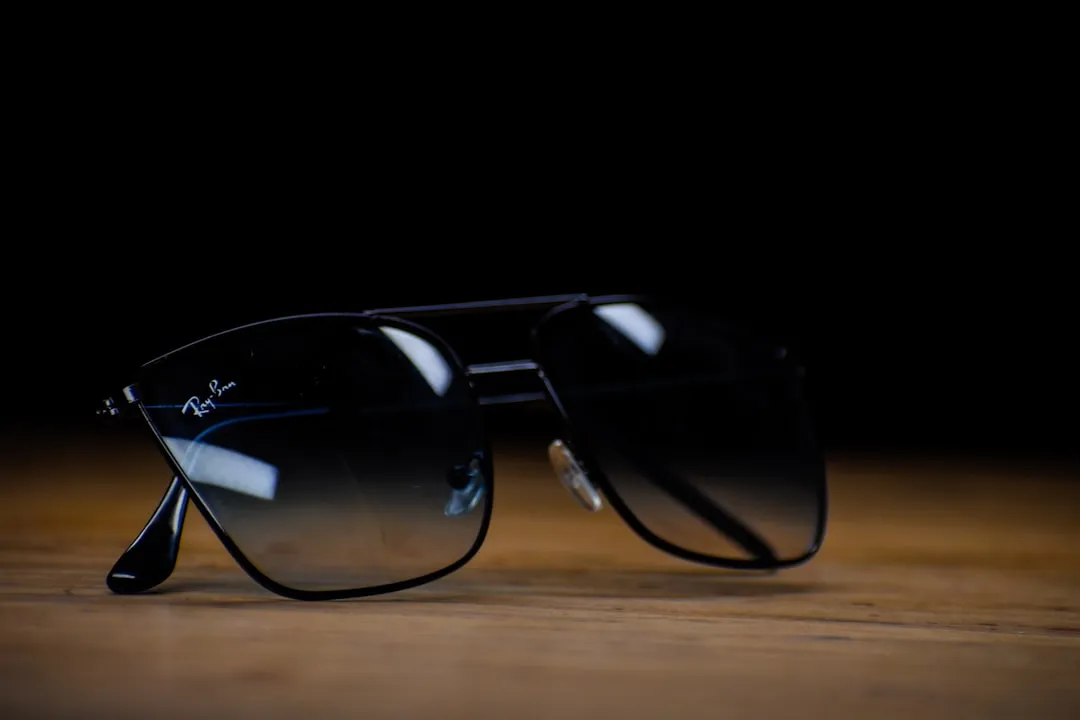

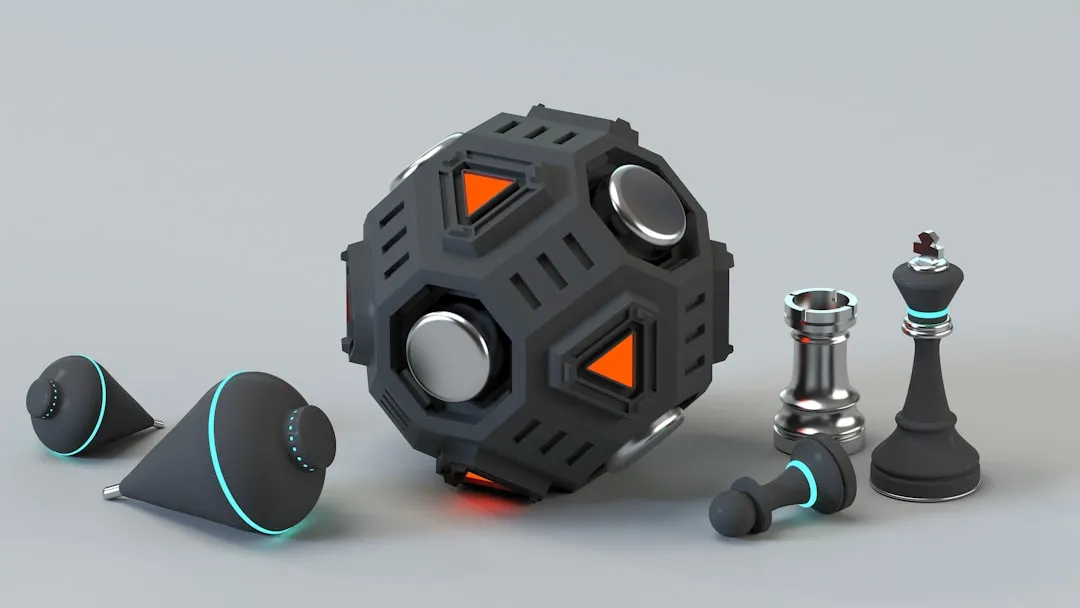


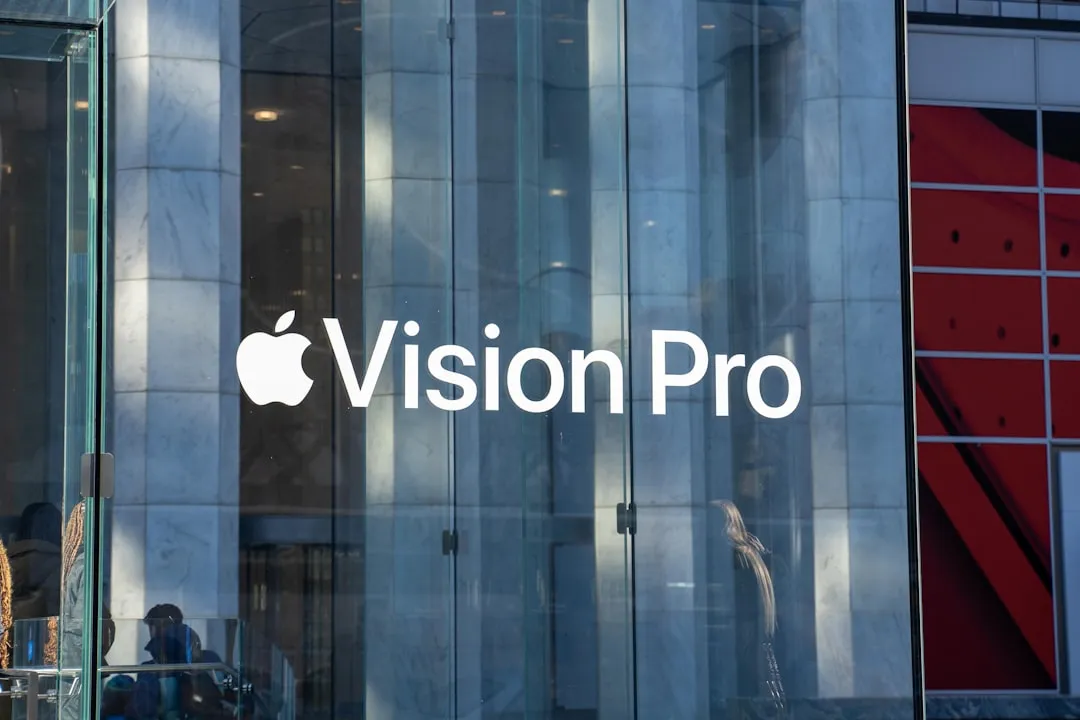
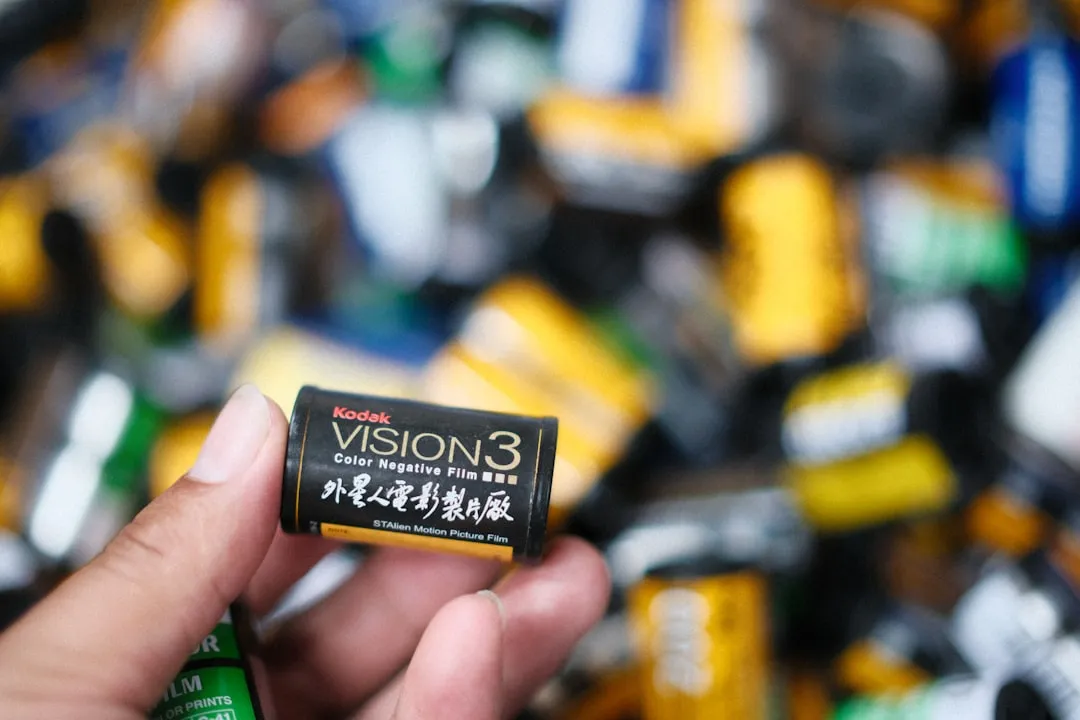
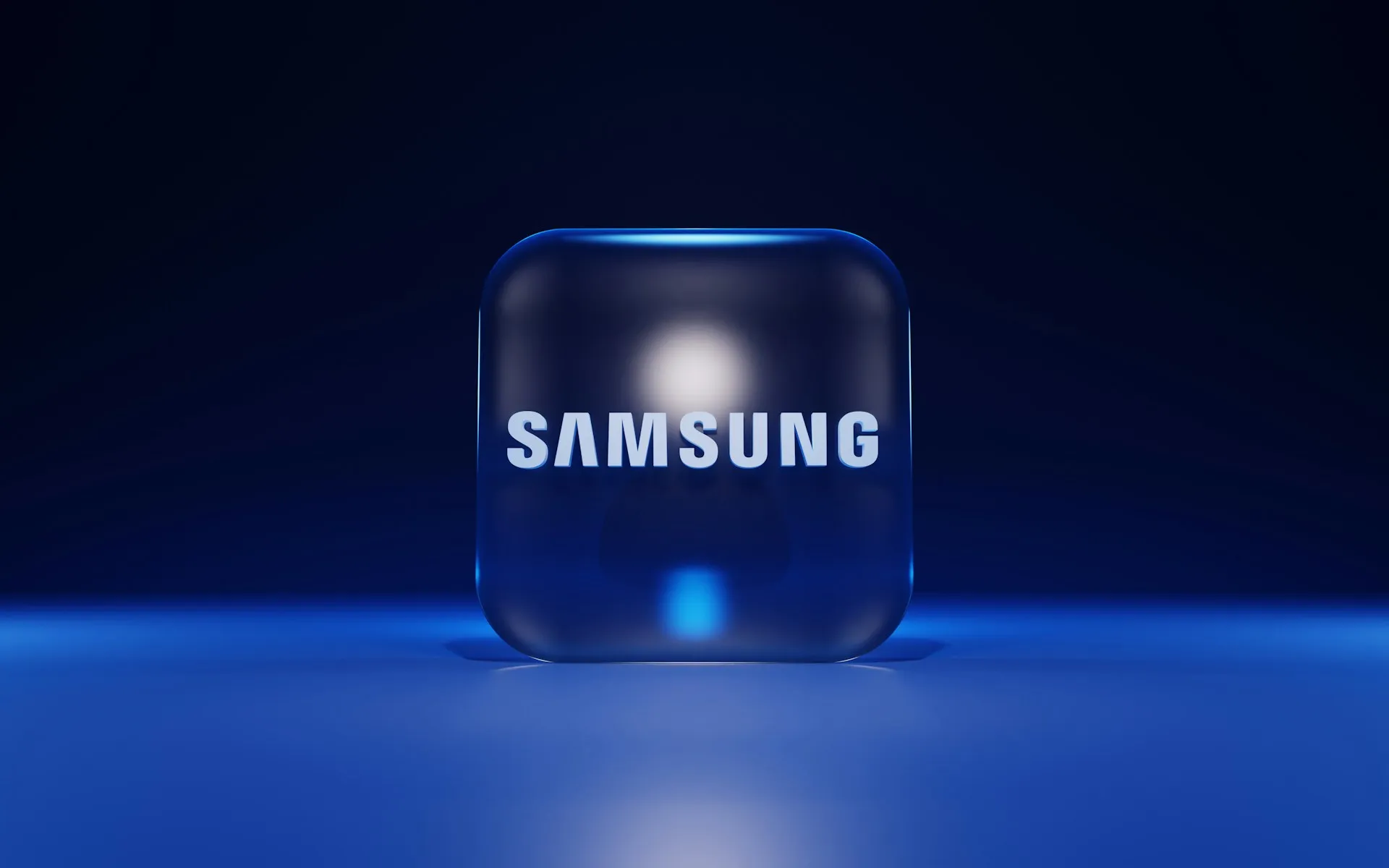
Comments
Be the first, drop a comment!